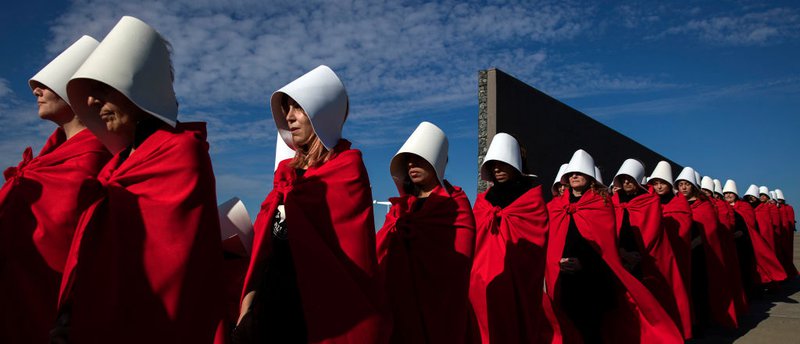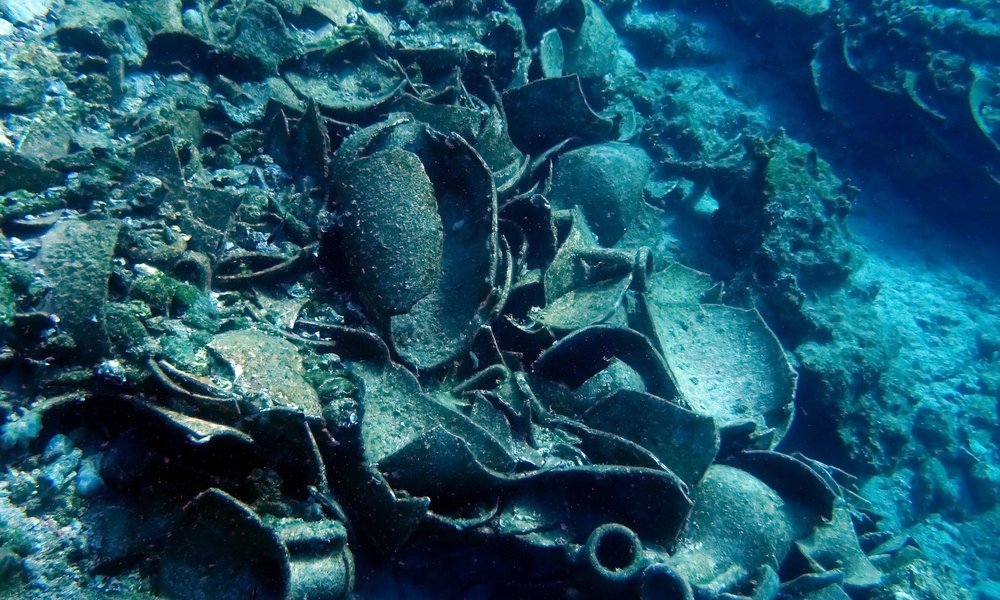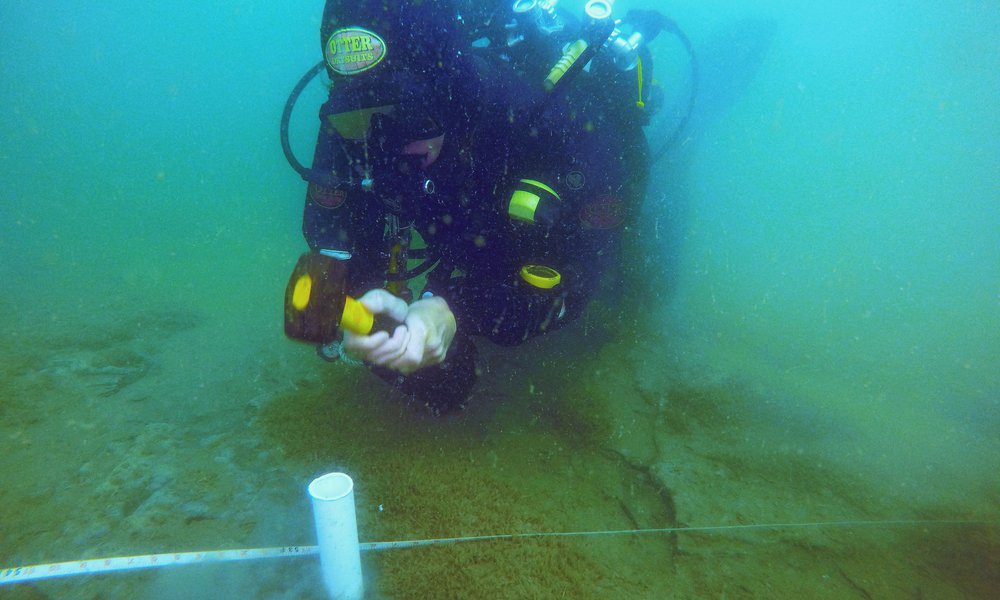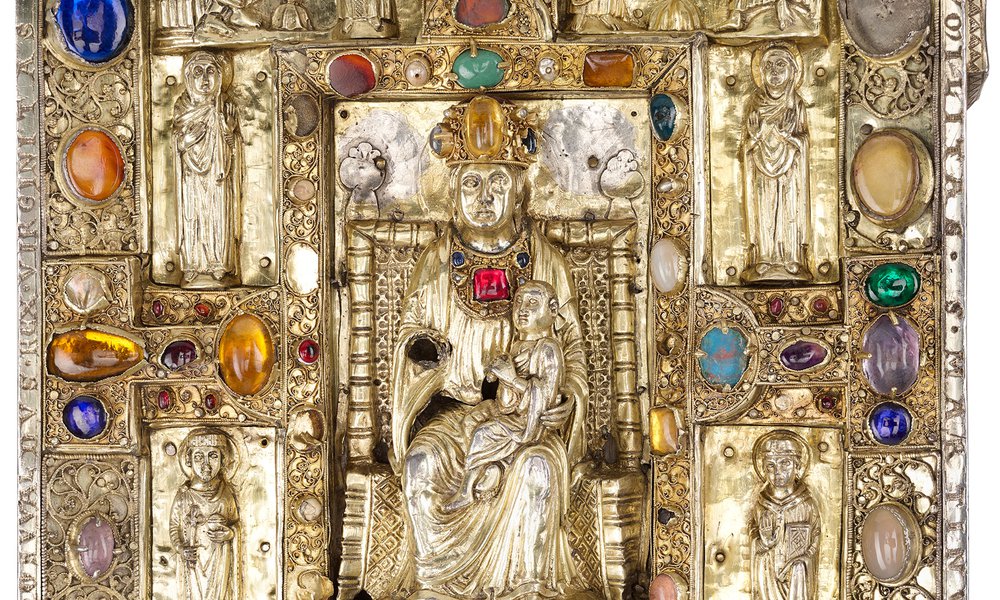Sharing experiences of pregnancy and trauma through science fiction
by Dr Anna McFarlane
16 Aug 2018
Pregnancy is one of the most significant changes that the human body can undergo. When pregnancy goes wrong, it is often still a taboo topic. Those who suffer miscarriage, stillbirth, or other forms of reproductive loss may find the subject too painful to discuss, while for others, the tragic realities of these situations are easier left ignored. Even in pregnancy advice books, where you might expect to find guidance for those facing the most difficult situations pregnancy has to offer, there is very little information on miscarriage, or on what to do if you need an abortion.
How pregnancy trauma is expressed in our culture
In my project, I take an unconventional approach to this topic by combining it with my experience as a science fiction scholar. By thinking about some of the ways that this trauma is expressed in our literature and how we might better approach these subjects, I hope to chip away at the taboo, thus make it easier for traumatised women to feel their stories are a part of our wider culture.
Pregnancy, trauma and science fiction
Interactive timeline

Frankenstein and Mary Shelley’s own tragic experiences
The combination of traumatic pregnancy and science fiction may not seem intuitive at first, but when you look at the roots of the genre, pregnancy is at its heart. In Mary Shelley’s Frankenstein (1816) the reader is offered the horrors of an ‘unnatural’ birth as Victor Frankenstein, a man, takes on the power of a woman by attempting to create an independent being. Frankenstein is horrified by his monstrous creation, one that is against the laws of nature. The novel itself explores the responsibilities of a parent to their offspring.
Mary Shelley drew on her own experiences of trauma, which included the death of her premature baby. In her diary at the time, she wrote about dreaming that her baby had come back to life after being rubbed by the fire. The tragedy of her experiences and her desperate wish to infuse dead flesh with life are reminiscent of the spark of life entering the monster and reanimating the body parts of dead men.
Expressing traumas of pregnancy through science fiction and horror
Frankenstein has been described as the first science fiction novel. Although there is some debate about this label, Frankenstein certainly contains many of the tropes that we associate with the genre; particularly the madness of the lone scientist filled with hubris, who defies the norms of his culture and of morality to push science into dangerous and uncharted realms. The centrality of birth to this narrative is significant. In the centuries since Frankenstein’s publication, science fiction has continued to be a place where trauma related to birth could be explored, both in literature, through novels like Aldous Huxley’s Brave New World, and on screen, through the imagery of the Alien film franchise, body horror films like David Cronenburg’s The Brood, or supernatural horror, as in Rosemary’s Baby.
In this project, I also consider women’s descriptions of their pregnancy experiences through memoirs. In these texts, the discourses of science fiction and horror are often used as reference points. Alice Jolly’s account of the miscarriage and stillbirth that she suffered, Dead Babies and Seaside Towns, draws on a gothic sensibility, while Anne Enright’s memoir of having children, Making Babies, compares alien abduction experiences with the intrusion of the Catholic Church into women’s bodies. Perhaps, in a society where such discussions are taboo, women find it necessary to draw on genres that are traditionally associated with more lurid and extraordinary happenings to find the appropriate language to describe their situations.
Helping women tell their stories
Trauma is a condition very closely related to our ability to tell stories about our lives and about how our most difficult experiences fit into those lives and into our wider communities. This association has been recognised since the time of Freud but has more recently been investigated by Cathy Caruth in Unclaimed Experience: Trauma, Narrative and History.
Science fiction has recently been helpful for women voicing their stories through the widespread adoption of imagery from Margaret Atwood’s The Handmaid’s Tale (1985), which was newly popularised through the iconic Hulu adaptation of the novel. The red capes and white bonnets of the fictional ‘handmaid’, women used for their reproductive potential against their will, have been worn by activists promoting women’s rights in the US, by the Repeal the 8th campaign in Ireland and, most recently, by feminists campaigning for the legalisation of abortion in Argentina, where the red capes were combined with the green bandanas of the movement. Atwood’s novel and the TV series offer a shorthand for conveying the traumas of birth, stories that too often go unheard, as well as powerful iconic imagery that communicates the real restrictions women are faced with when denied fundamental rights.
My project explores how science fiction can amplify women’s voices and offer a language for discussing unspeakable taboos. I aim to gain a thorough understanding of how women share their stories through considering science fiction, women’s experiences of their pregnancies in their own words, and the medical advice and online resources aimed at women in pregnancy. By further understanding this, I one day hope that there will be better ways to help women tell their stories and to lessen the difficulties and the stigma that many women face because of their ability, or perceived ability, to bear children.
Dr Anna McFarlane is a British Academy Postdoctoral Fellow at the University of Glasgow and is currently working on her project ‘Products of Conception: Pregnancy and Science Fiction, 1968-2015’.


